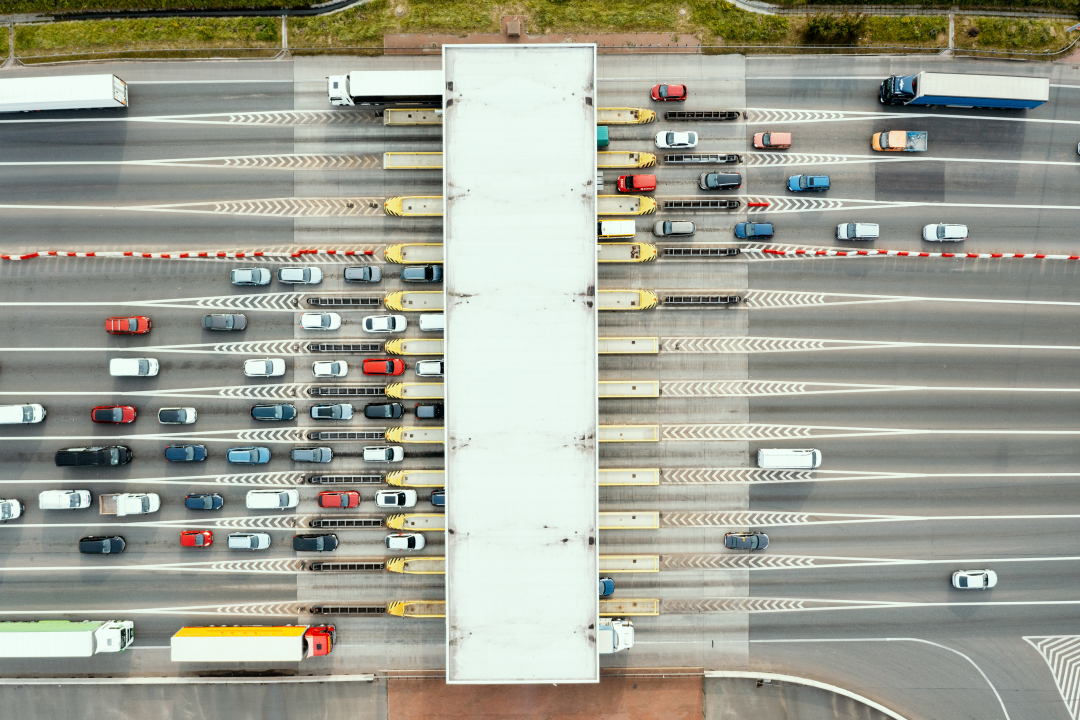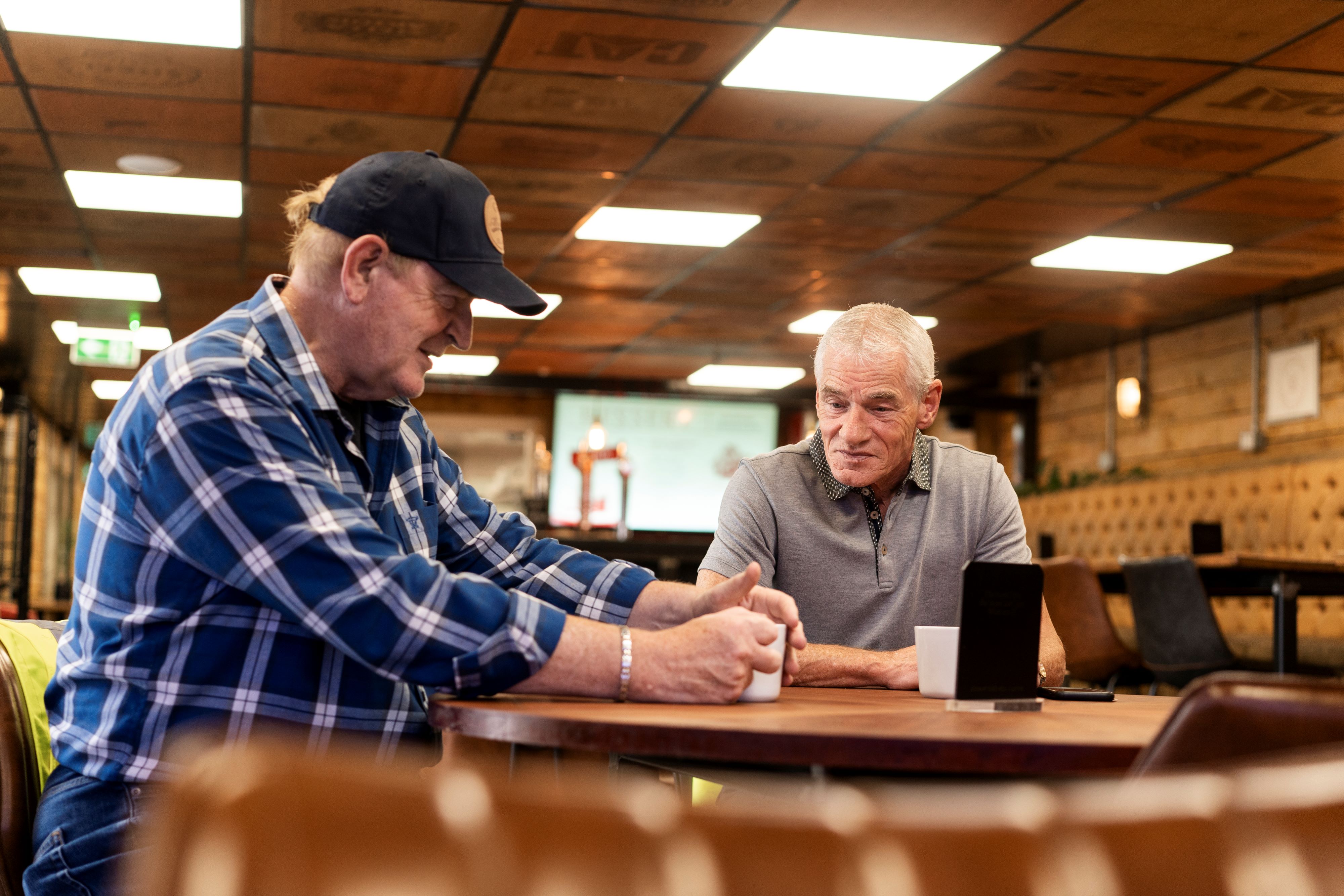
Guest
Вплив відключення електроенергії на Піренейському півострові у 2025 році на автомобільні перевезення
Створено: 04.06.2025
•
Оновлено: 04.06.2025
28 квітня 2025 року Піренейським півостровом прокотилося масштабне відключення електроенергії, в результаті чого мільйони будинків, підприємств і державних установ в Іспанії та Португалії залишилися без світла. Іспансько-португальське відключення, яке почалося о 12:33 за місцевим часом, торкнулося великих міст, включаючи Мадрид, Барселону, Лісабон і Порту, а також значну частину прилеглих регіонів. У деяких районах електропостачання відновилося протягом чотирьох-шести годин, в інших перебої тривали до ранку наступного дня.
Хоча точна причина все ще з'ясовується, попередні повідомлення свідчать, що збій у транскордонній мережі електропередач порушив потік електроенергії через обидві національні мережі. Вплив був швидким і широкомасштабним, зупинивши рух поїздів, приземливши літаки, вплинувши на роботу лікарень і державних служб, а також паралізувавши цифрову інфраструктуру. Для сектору транспорту і логістики виклик був негайним і торкнувся кожного аспекту дорожніх операцій, від вантажних перевезень і постачання палива до управління дорожнім рухом і добробуту водіїв.
"Коли відключається електроенергія, відключається багато систем, на які ми покладаємося для забезпечення безпеки на дорогах - від світлофорів і дорожніх знаків до засобів зв'язку", - говорить Ракель Мартінес, менеджер з продажу в Європі компанії SNAP. "Як для водіїв, так і для операторів автопарків відключення електроенергії у 2025 році продемонструвало, як швидко звичайні поїздки можуть стати ризикованими, і наскільки важливо знати, де водії можуть зупинитися, щоб убезпечити себе та свій вантаж".
Затримки вантажних перевезень
Для транспортних компаній першою і найбільш нагальною проблемою стало призупинення руху вантажів. По всьому Піренейському півострову робота складів, фулфілмент-центрів і вузлів перехресної стиковки сповільнилася або повністю зупинилася. Постраждали і міжнародні перевезення: вантажівки затримувалися на кордонах, поки влада працювала над відновленням базового контролю за дорожнім рухом і забезпеченням безпеки дорожнього руху.
Оскільки залізничні вантажоперевезення завмерли, деякі оператори спробували перекласти навантаження на мережу автомобільних доріг, але це призвело до певних обмежень. Перевантажені маршрути, непрацюючі транспортні системи та нестабільний доступ до пального означали, що автомобільний транспорт не міг задовольнити попит. Знадобилося кілька днів, щоб ліквідувати відставання і відновити надійність ланцюга поставок.

Плата за проїзд, затори та технологічні збої
Піренейське відключення електроенергії також показало, наскільки сучасна інфраструктура залежить від цифрових систем. Світлофори у великих містах згасли, що спричинило затори та підвищило ризик аварій. Електронні табло, датчики на дорогах та інтелектуальні системи маршрутизації вийшли з ладу, позбавивши водіїв вказівок та оновлень у реальному часі.
Аналогічно постраждали і пункти оплати за проїзд. Коли автоматичні шлагбауми та електронні платіжні системи вийшли з ладу, працівники в деяких районах були змушені піднімати ворота вручну або збирати готівку. Це призвело до затримок на основних маршрутах, втрачених доходів для операторів платних доріг і побоювань щодо цілісності системи після відновлення електропостачання.
Дефіцит палива
Однією з найяскравіших ознак залежності сектору від електроенергії стали паливні насоси. Через відключення електроенергії заправки по всій Іспанії та Португалії були змушені закритися. Насоси та платіжні системи перестали працювати, залишивши лише невелику кількість майданчиків з аварійними генераторами, які могли обслуговувати клієнтів. Вони були швидко перевантажені, що призвело до довгих черг і, в багатьох випадках, до того, що водії залишилися без пального.
Перебої також поширилися на видобувну галузь: портові споруди та мережі розподілу пального не змогли працювати на нормальній потужності, що призвело до затримки транспортування пального до внутрішніх районів країни та ще більше ускладнило проблеми з постачанням.
Електромобілі та зарядна інфраструктура
Для операторів електромобілів відключення стало особливою проблемою. Зарядки для електромобілів по всій Іспанії та Португалії вийшли з ладу, що зробило електромобілі непридатними для використання, якщо вони не мали достатнього заряду для завершення свого маршруту. Через відсутність доступу до підзарядки деякі поставки були призупинені, а електромобілі тимчасово з'їхали з доріг.
Для логістичних компаній, які розглядають можливість переходу на електромобілі, відключення електроенергії в Піренейському регіоні підкреслило важливість планування на випадок непередбачених ситуацій та резервної інфраструктури для підтримки роботи під час збоїв в електромережі.

Добробут водіїв
Мабуть, найбільше занепокоєння викликало питання добробуту водіїв. Зони відпочинку та станції технічного обслуговування були занурені в темряву - багато з них не мали освітлення, опалення, гарячої їжі або функціонуючих туалетів. Деякі водії не мали безпечного місця для відпочинку під час вимушених затримок.
Ще однією серйозною проблемою був зв'язок. Через перебої з мобільним зв'язком водіям було важко зв'язатися з депо, звернутися за допомогою або отримати доступ до оновленої інформації про ситуацію на дорогах. Для багатьох єдиним надійним джерелом інформації стало місцеве радіо. Ця ситуація стала суворим нагадуванням про те, наскільки вразливою може бути галузь, коли виходить з ладу критична інфраструктура.
Уроки на майбутнє
Хоча відключення електроенергії в Іспанії та Португалії в більшості місць тривало менше 24 годин, перебої в роботі автомобільного транспорту та вантажоперевезень були значними. Вплив відключення електроенергії на логістику охопив все - від постачання палива та стійкості інфраструктури до готовності до надзвичайних ситуацій та добробуту водіїв. Однак це також викликало нову дискусію про те, як оператори автопарків можуть покращити безперервність бізнесу та захистити своїх працівників в умовах подібних подій.
Важливим першим кроком є розробка та тестування надійного плану забезпечення безперервності бізнесу. Він повинен охоплювати протоколи зв'язку, доступ до палива, альтернативні маршрути та розміщення транспортних засобів. Там, де це можливо, слід заздалегідь визначити альтернативні графіки та партнерів з доставки - особливо для термінових або критично важливих вантажів.
Підтримка добробуту водія в таких ситуаціях має вирішальне значення. Аварійні набори, що містять закуски, воду, ліхтарики, павербанки та світловідбиваючий одяг, можуть заспокоїти і надати практичну допомогу.
"Оператори можуть також переглянути умови в депо, щоб забезпечити водіям безпечні місця для відпочинку, особливо під час тривалих затримок, - каже Ракель. "Знаючи, що в регіоні є мережа стоянок для вантажівок, таких як наша партнерська мережа, можна бути впевненим, що водіям буде де зупинитися, поки не відновиться електропостачання.
"Відключення такого масштабу можуть бути рідкісними, але ризик є реальним. Оператори повинні продумати, як вони підвищують стійкість і адаптуються до ситуацій, щоб продовжувати рух - від забезпечення доступу до палива до переоцінки планування маршрутів і забезпечення відпочинку під час надзвичайних ситуацій".
Послуги SNAP Mobility в Іспанії
Ми маємо розгалужену мережу стоянок для вантажівок та сервісних центрів по всій Іспанії та Європі. [Відвідайте нашу інтерактивну карту, щоб дізнатися, де ви можете знайти наших партнерів сьогодні.] (https://snapacc.com/map/spain/)



